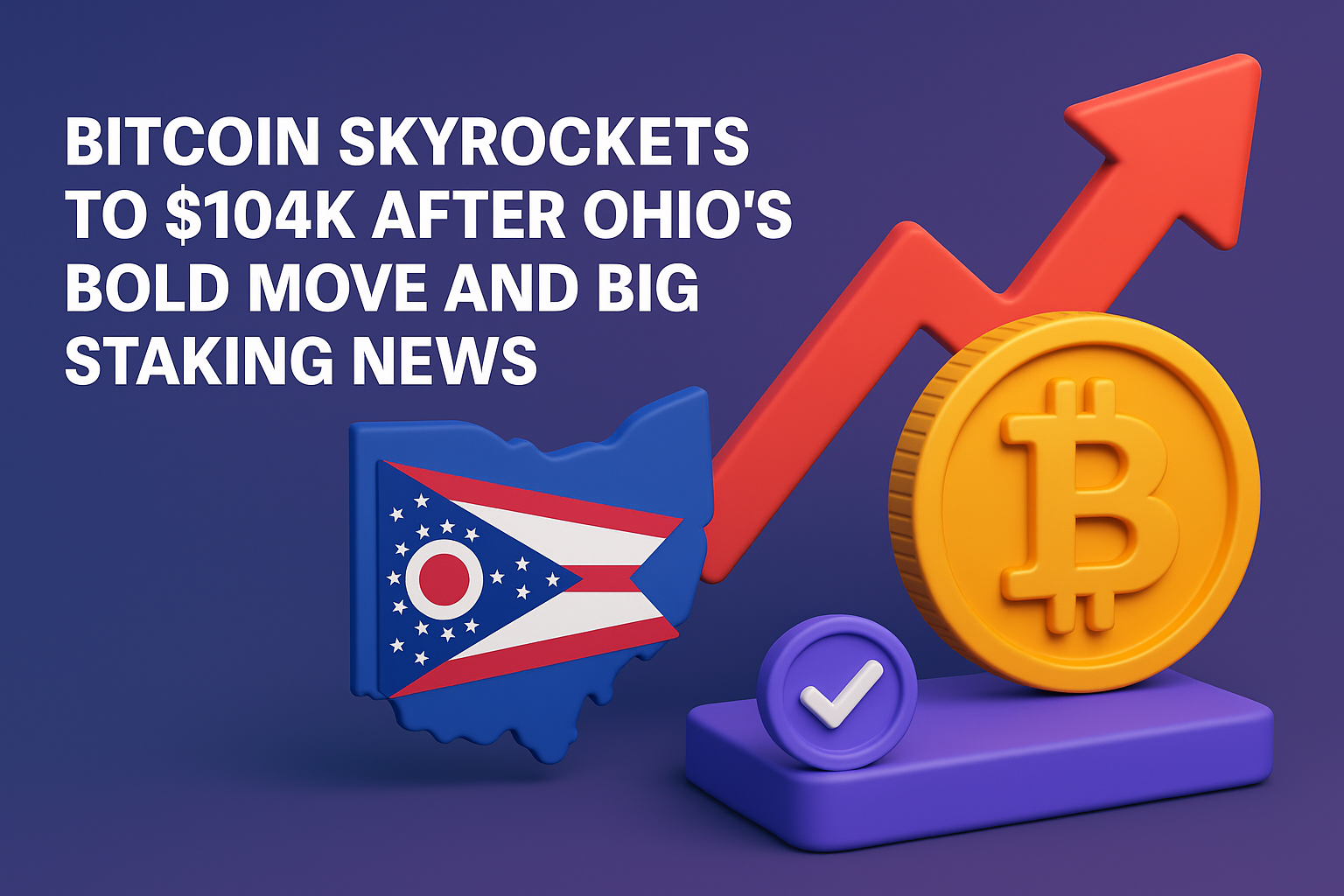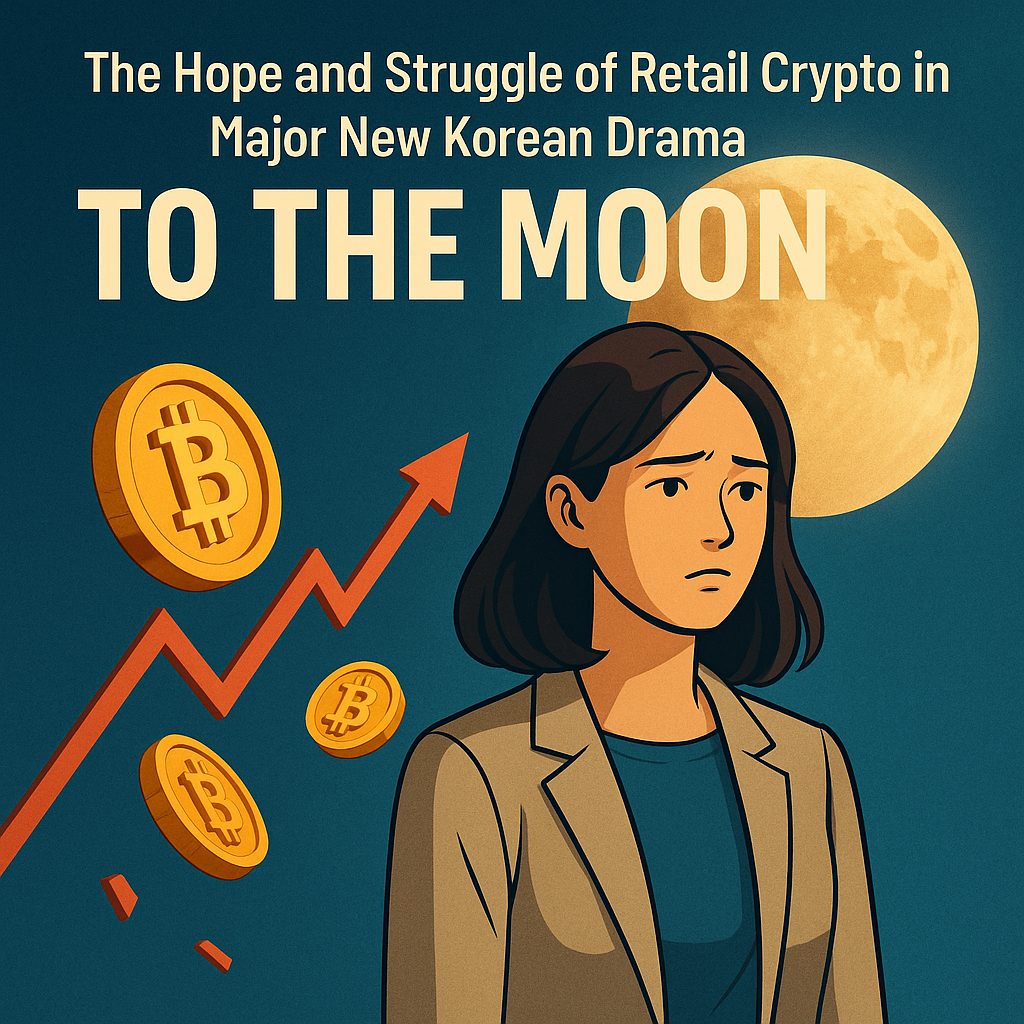KOSCOM, a subsidiary of the Korea Exchange, has taken a bold step to strengthen its role in the country’s digital finance sector. The firm recently filed trademark applications for five stablecoin-related brands while also restructuring internally to align with upcoming regulations. These actions highlight both the growing importance of stablecoins worldwide and South Korea’s proactive approach to innovation within the larger cryptocurrency ecosystem.
Strategic Timing Behind KOSCOM’s Move
As regulators prepare a framework for KRW-backed stablecoins, KOSCOM is moving quickly to secure its place. Trademark filings ensure the company has a first-mover advantage once the new rules take effect.
The motivations include:
- Gaining an edge over competitors by registering key brand names early.
- Improving payment efficiency, cutting transaction times and costs for businesses and consumers.
- Keeping pace with global adoption, where stablecoins are now a core part of settlements, payments, and cross-border remittances.
Stablecoins also serve as a bridge between crypto assets and traditional finance, offering a stable option alongside volatile tokens like Bitcoin and Ethereum.
Building the Foundation: Internal Restructuring
Beyond trademarks, KOSCOM has initiated several strategic measures to prepare for the stablecoin era:
- A Digital Asset Business Promotion Task Force now reports directly to the CEO, signaling leadership-level commitment.
- Proof-of-concept (PoC) projects are underway to test how stablecoins can be applied in real-world cases such as payments and subscriptions.
- A strong focus on reliability and convenience is guiding research, particularly in subscription services and distribution settlements.
This mix of legal groundwork and technical experimentation shows that KOSCOM is determined to be a leader in South Korea’s stablecoin market while remaining integrated with the wider crypto economy.
Regulatory Outlook and Market Dynamics
KOSCOM’s ambitions will depend largely on the pace of South Korea’s regulatory rollout. Experts expect frameworks for KRW-denominated stablecoins in the near to mid-term, creating opportunities for approved issuers.
The market, however, is already heating up:
- Domestic banks have filed their own stablecoin-related trademarks.
- Global issuers like Tether (USDT) and Circle (USDC) are exploring partnerships with Korean financial institutions.
- Crypto traders and investors are driving demand for stable, regulated assets to move funds across exchanges.
This suggests that South Korea’s stablecoin sector will become both competitive and interconnected, with players from traditional finance and global crypto firms all vying for influence.
Stablecoins in the Bigger Crypto Picture
KOSCOM’s trademark push is about more than brand protection—it’s about positioning itself in a global financial shift. Stablecoins tied to national currencies are increasingly viewed as the link between traditional banking and blockchain technology.
For South Korea, the benefits could include:
- Expanding financial inclusion through low-cost, faster transactions.
- Enhancing trade and remittances with seamless digital payments.
- Encouraging wider crypto adoption by offering stable, regulated alternatives to volatile coins.
By acting early, KOSCOM is setting itself up not just to adapt, but to shape these changes.
Conclusion: KOSCOM’s Path to Leadership
The move by Korea Exchange affiliate KOSCOM to apply for stablecoin trademarks demonstrates strategic foresight and careful planning. By securing trademarks, launching proof-of-concept projects, and realigning its internal structure, the company is preparing to play a central role in South Korea’s digital asset future.
As stablecoins pegged to the won come closer to reality, KOSCOM’s readiness ensures it can serve businesses, institutions, and consumers in a fast-changing financial landscape. With growing demand from the crypto sector and new regulations on the horizon, KOSCOM’s vision could position South Korea as a global leader in the stablecoin and cryptocurrency economy.



